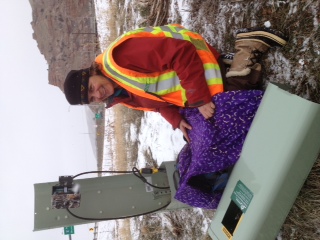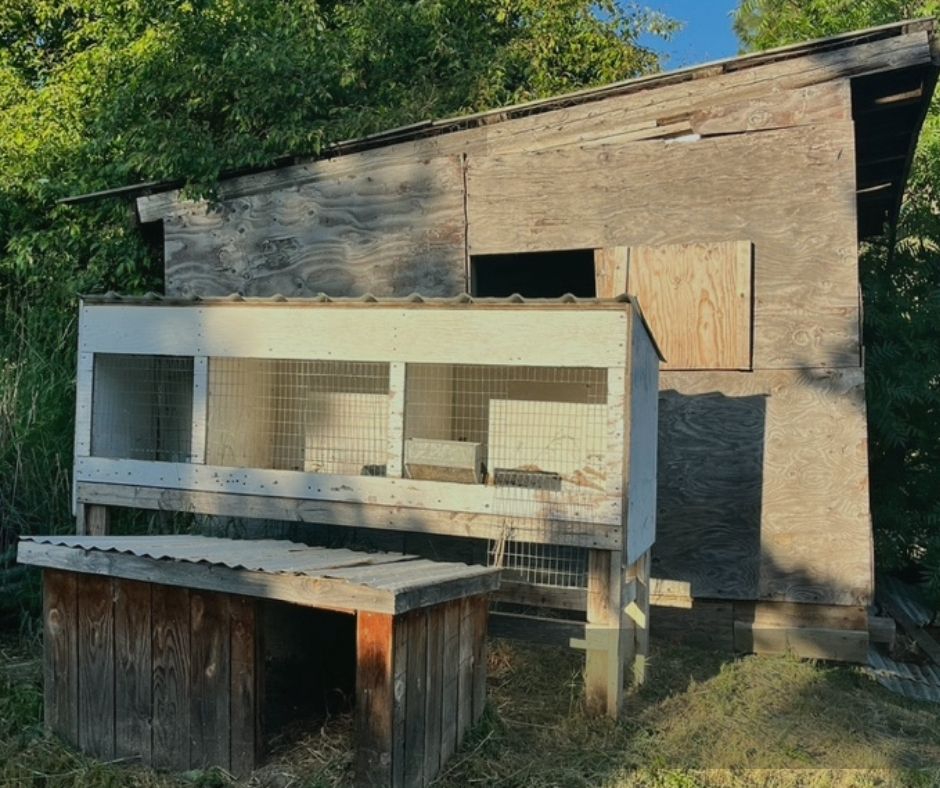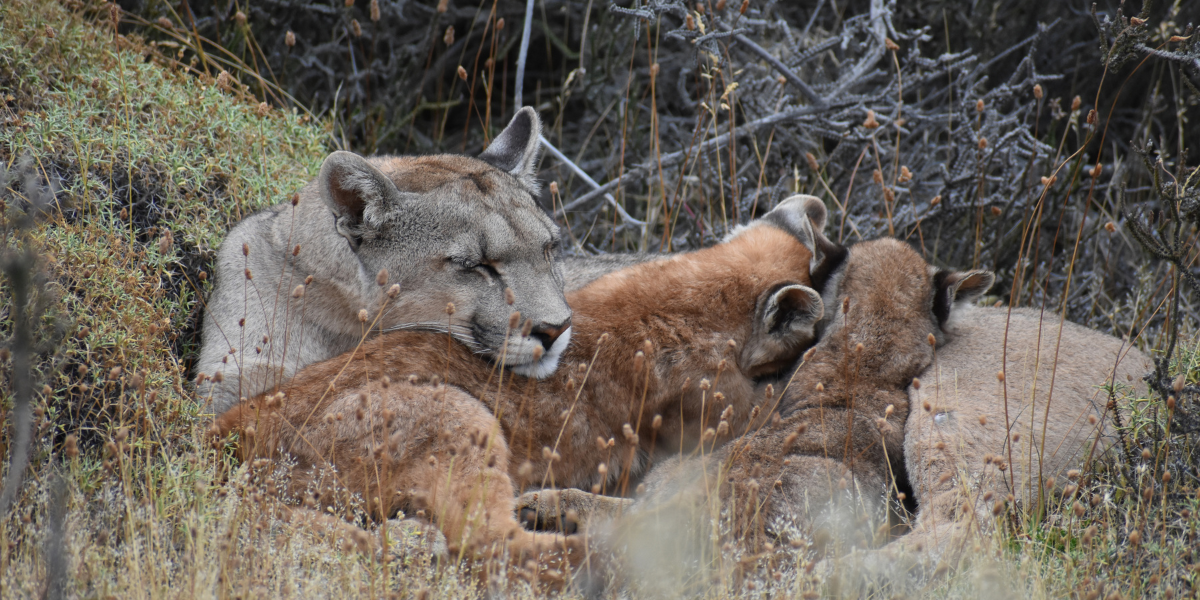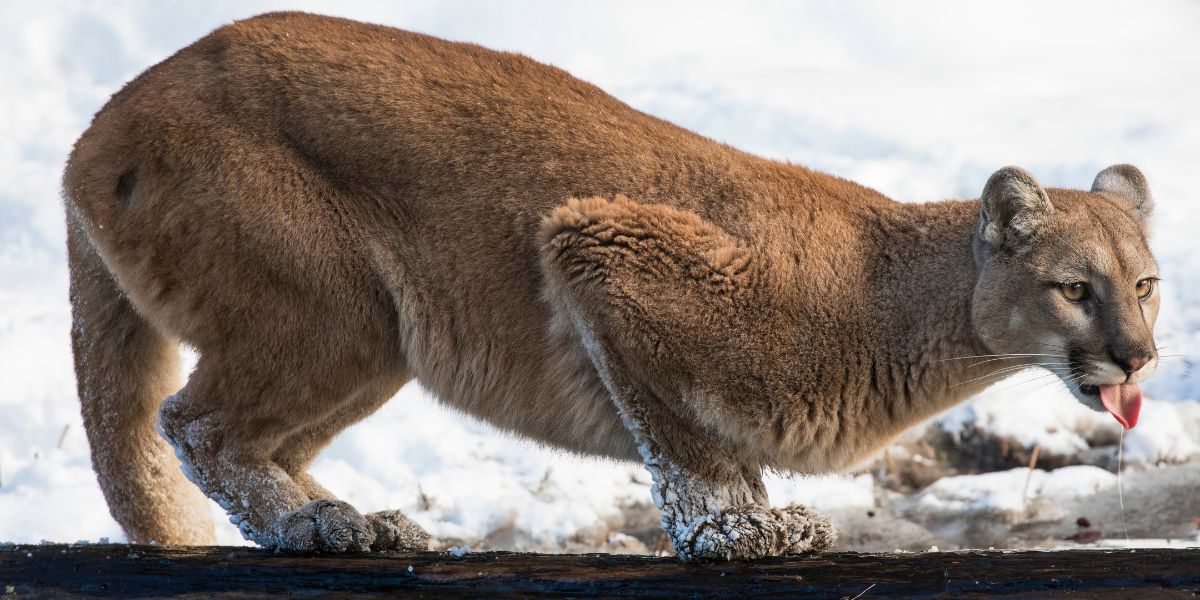Helping Wildlife Move: One Researcher’s Journey Studying and Promoting Wildlife Crossings in the U.S.
Join us as Dr. Patricia Cramer has an engaging and informative conversation with Logan Christian about her career studying and promoting wildlife crossings in the United States. Dr. Cramer has 25 years of experience helping identify, prioritize, and implement wildlife crossings to save both human and animal lives. Her insights are invaluable for anyone interested in promoting wildlife connectivity for mountain lions and other species.
Not long ago, many were skeptical of the idea to build special bridges, underpasses and other infrastructure to help wildlife safely cross or avoid roads. Today, however, these technologies are becoming much more common thanks to the efforts of researchers like Dr. Patricia Cramer. Working in over a dozen states, Dr. Cramer collaborates with wildlife managers, transportation planners and many others to identify critical wildlife corridors and choke points where wildlife crossing infrastructure could help prevent wildlife-vehicle collisions. Having kick-started her career modeling movement pathways for the Florida panther, Dr. Cramer also works diligently to ensure that planners consider mountain lions and other native carnivores in the planning and prioritization of wildlife crossings. Join us for a conversation with Dr. Cramer as she discusses what it takes to help wildlife move through the landscape in a rapidly changing world.
About Dr. Patricia Cramer




 Facebook
Facebook Twitter
Twitter Send Email
Send Email


